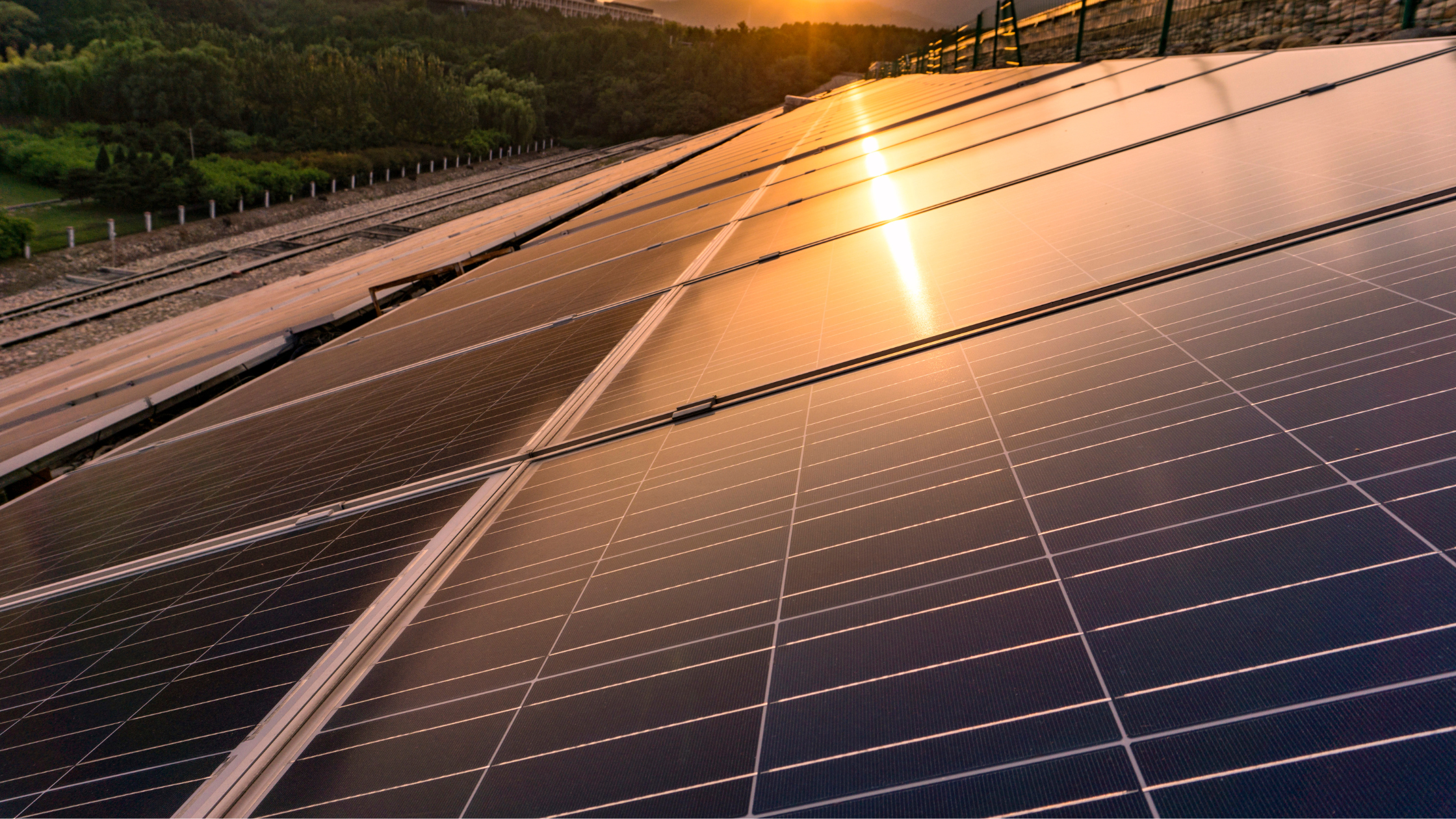Solar energy is at the forefront of the global transition to renewable power, but the efficiency of solar panels depends on the purity of one key ingredient—silicon. This silicon is derived from high-purity quartz sand, and even trace amounts of impurities, especially iron, can significantly impact solar panel performance.
Too much iron in sand leads to lower energy output, higher production costs, and shorter panel lifespans. Fortunately, advanced analytical techniques like Wavelength Dispersive X-ray Fluorescence (WDXRF) are helping manufacturers identify and control iron content before it becomes a problem.
Why Purity Matters in Solar Panel Production
Solar panels convert sunlight into electricity using photovoltaic (PV) cells, which require ultra-pure silicon—often 99.9999% pure (6N silicon). Even the smallest iron contamination disrupts the silicon’s electrical properties, reducing its ability to efficiently generate power.
Since purifying silicon is energy-intensive and costly, the best way to ensure high efficiency is to start with raw quartz sand that has minimal impurities. That’s where iron detection and removal play a critical role.
How Excess Iron in Sand Hurts Solar Panel Performance
Lower Energy Efficiency
Iron contamination increases electron recombination in silicon, meaning fewer electrons are available to produce electricity. The result? Solar panels generate less power per unit of sunlight, reducing overall efficiency.
Higher Manufacturing Costs
Removing iron from quartz sand requires expensive purification techniques like acid leaching and magnetic separation. If the raw material has high iron content, manufacturers must spend more on processing, ultimately making solar panels costlier for consumers.
More Defects, Shorter Lifespan
Iron can introduce structural defects in silicon wafers, making them more prone to cracking. Solar panels made from contaminated silicon may degrade faster, requiring more frequent repairs and replacements.
Optical Issues Affecting Light Transmission
Iron impurities can give solar panel glass a greenish tint, slightly reducing light transmission. While this may seem like a minor issue, even small reductions in sunlight absorption can lead to lower energy production over time.
Environmental and Sustainability Concerns
The process of removing iron generates chemical waste and consumes additional energy, increasing the carbon footprint of solar panel production. Moreover, if manufacturers must source purer sand from distant locations, transportation emissions also rise.
How WDXRF Technology Helps Detect and Control Iron Content
To prevent these issues, the solar industry has turned to Wavelength Dispersive X-ray Fluorescence (WDXRF), a cutting-edge technology for detecting and quantifying iron in raw materials. Here’s why WDXRF is a game-changer:
- Ultra-Precise Iron Detection: WDXRF can measure iron content down to parts per million (ppm), ensuring manufacturers use only the purest quartz sand.
- Fast, Non-Destructive Testing: Unlike traditional chemical assays, WDXRF provides instant results without altering or damaging the sample. This speeds up quality control and reduces waste.
- Lower Processing Costs: By identifying high-iron sand early in the supply chain, manufacturers can source better raw materials and reduce expensive purification steps.
- Ensures Consistent Solar Panel Performance: With real-time monitoring of raw materials, WDXRF helps maintain strict production standards, leading to more reliable, longer-lasting solar panels.
The Future of Solar Panel Production Is Cleaner and Smarter
As the solar energy industry scales to meet global demand, ensuring material purity at every step of the supply chain is becoming more important than ever. By adopting advanced technologies like WDXRF, manufacturers can create solar panels that are more efficient, affordable, and environmentally friendly.
Eliminating iron impurities at the source isn’t just a technical upgrade—it’s a strategic advantage in a highly competitive and sustainability-driven industry.
Final Thoughts
When it comes to solar energy, what’s in the sand matters. Iron contamination may seem minor, but its effects ripple across efficiency, cost, and lifespan. Fortunately, with WDXRF technology, solar manufacturers have a powerful tool to ensure only the best materials make it into their products.
Want to learn more about how WDXRF can improve your solar manufacturing process?
Get in touch with our experts today.
Contact us



